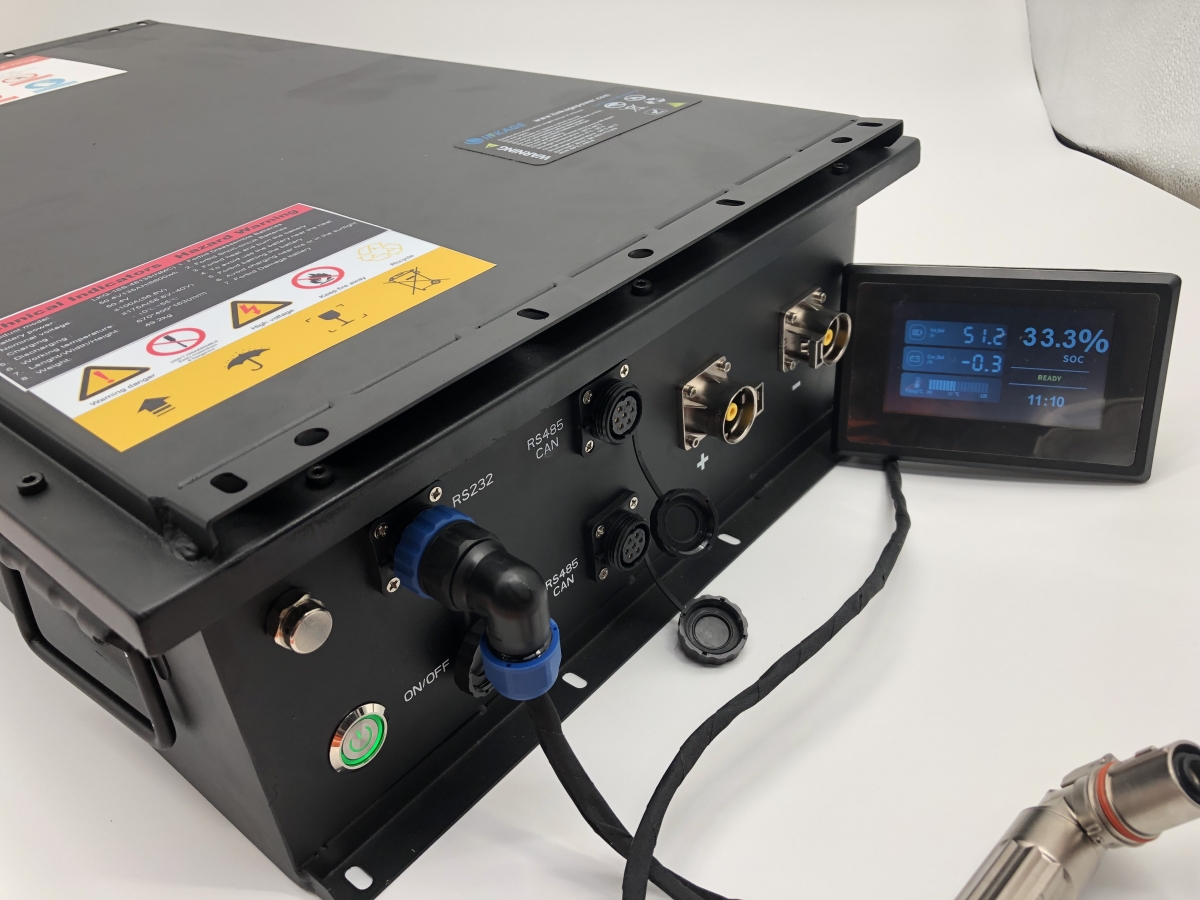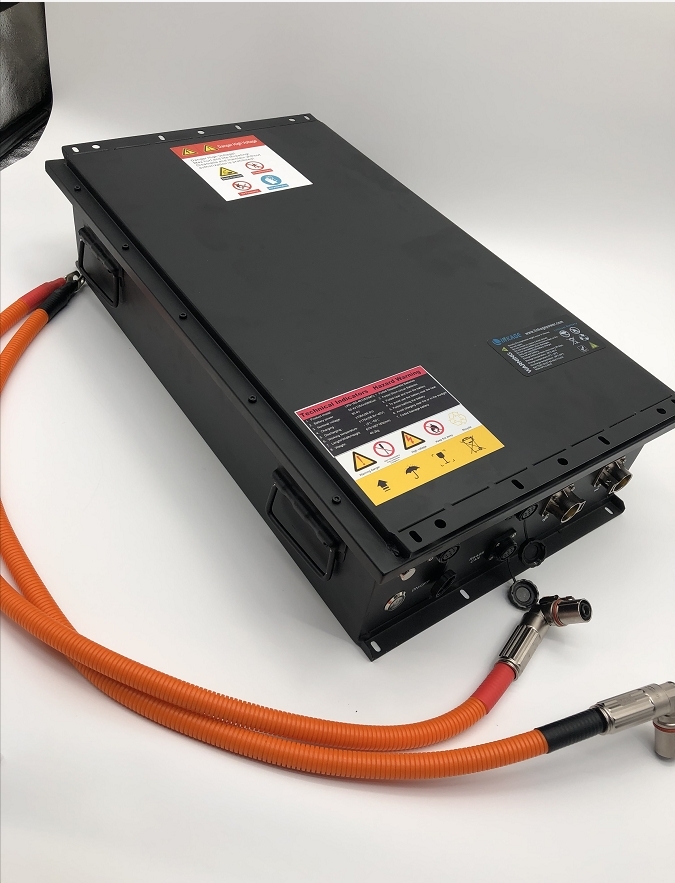- 12
- Nov
Analyze the BYD blade LFP Battery 3.2V 138Ah
What kind of power battery do electric vehicles need? This question, which does not seem to need to be answered, has recently reignited people’s thinking due to a hot topic about the “technological dispute between ternary lithium batteries and lithium iron phosphate batteries”.

There is no doubt about “safety first” at any time. However, as we all know, in the past few years, because many companies have fallen into the blind comparison of the “endurance range”, the inherent thermal stability is poor, but the ternary lithium battery with higher energy density than the lithium iron phosphate battery is widely sought after. The safety reputation of the car has therefore paid an extremely heavy price.
On March 29, 2020, BYD officially launched the blade battery, announcing that its cruising range has reached the same level as a ternary lithium battery, and has passed the daunting “acupuncture test” in the power battery industry. A safety test is as difficult as climbing Everest.
How is the blade battery that vows to redefine the new standard of electric vehicle safety produced?
On June 4th, a factory secret activity with the theme of “Climbing the Peak” was held at the Chongqing factory of Fordi Battery. More than 100 media professionals and industry experts visited the site. The super factory behind the blade battery was also unveiled.
Excessive pursuit of energy density, the power battery industry urgently needs correction
Before the advent of the blade battery, the battery safety problem has been a long-standing issue in the world.
The battery safety of electric vehicles generally refers to the thermal runaway of the battery. Compared with the two mainstream batteries commonly used in electric vehicles at present, the lithium iron phosphate material itself has the four major advantages of high heat release starting temperature, slow heat release, less heat generation, and the material does not release oxygen during the decomposition process and is not easy to catch fire. The poor thermal stability and safety of ternary lithium batteries are a fact recognized by the industry.
“At a temperature of 500°C, the structure of lithium iron phosphate materials is very stable, but the ternary lithium material will decompose at about 200°C, and the chemical reaction is more violent, it will release oxygen molecules, and it is easier to cause thermal runaway.” Sun Huajun, deputy general manager of Di Battery Company, said.
However, although in terms of safety, lithium iron phosphate batteries have incomparable advantages over ternary lithium batteries, but because the energy density is lower than that of ternary lithium, many passenger car companies have fallen into irrational concerns about the energy density of power batteries in the past few years. Pursuing, the lithium iron phosphate battery was still defeated in the last wave of line disputes with the ternary lithium battery.
Wang Chuanfu, Chairman of BYD Group, known as the “Battery King”, started as a battery. Before the announcement of cross-border production of automobiles in 2003, the research and development of automotive power batteries had already begun. From the launch of the first power battery to becoming one of the world’s largest new energy vehicle brands, BYD has always unswervingly put “safety” in the first place.
It is precisely based on the extreme importance of safety that BYD has never given up the re-development of lithium iron phosphate batteries even in the market environment where ternary lithium batteries have been widely respected in the past few years.
Redefining safety standards, stamping “acupuncture test”
The blade battery was born, and the industry commented that the development route of the power battery industry that has been off the track for many years finally has the opportunity to get back on track.
“Super safety” is the biggest feature of the blade battery. In this regard, the acupuncture test, known as the “Mount Everest” in the power battery safety test community, has been stamped for it. In addition, the blade battery also has super strength, super battery life, super low temperature, super life, super power and super performance and “6S” technical concept.
Single batteries with a length of 96 cm, a width of 9 cm, and a height of 1.35 cm are arranged in an array and inserted into the battery pack like a “blade”. The modules and beams are skipped when forming a group, which reduces After redundant parts, a structure similar to honeycomb aluminum plate is formed. Through a series of structural innovations, the blade battery has achieved the super strength of the battery, while the safety performance of the battery pack has been greatly improved, and the volume utilization rate has also increased by 50%. above.
“Because the blade battery can greatly reduce the structural parts added by the ternary lithium battery due to insufficient battery safety and strength, thereby reducing the weight of the vehicle, our single energy density is not higher than that of ternary lithium, but it can reach the mainstream ternary lithium battery. Lithium batteries have the same endurance.” Sun Huajun revealed.
“The first BYD Han EV equipped with blade batteries has a cruising range of 605 kilometers under comprehensive working conditions,” said Li Yunfei, deputy general manager of BYD Auto Sales.
In addition, the blade battery can charge from 10% to 80% in 33 minutes, supports 100 kilometers acceleration in 3.9 seconds, can travel 1.2 million kilometers with more than 3000 cycles of charging and discharging, and data performance such as low temperature performance beyond the industry’s imagination. In order to achieve the “super advantage” of its all-round “rolling” ternary lithium battery.
A super factory that interprets Industry 4.0, hiding the secret of the “peak to the top” of the blade battery
On May 27, the news that 8 Chinese team members successfully climbed Mount Everest made the Chinese people feel very excited, and BYD’s leaping of a new peak in battery safety has also aroused widespread concern and heated discussions in the field of electric vehicles.
How difficult is it to reach the top of “Mount Everest” in the power battery safety world? We visited Fudi Battery’s Chongqing factory and found some answers.
The Fudi battery factory in Bishan District, Chongqing is currently the only production base for blade batteries. The factory has a total investment of 10 billion yuan and a planned annual production capacity of 20GWH. Since the start of construction in February 2019 and the official launch of the blade battery in March 2020, it has transformed from an open space into a world-class factory with a lean, automated, and information-based manufacturing management system in just one year. A lot of BYD’s original blade battery production lines and production equipment were born here, and a number of highly confidential core technologies are “hidden”.
“First of all, the requirements for the production environment of blade batteries are extremely demanding.” Sun Huajun said that in order to minimize the short-circuit rate of batteries, they proposed a concept of dust classification control. In some key processes, they can achieve a one-stop solution. In the meter space, there are no more than 29 particles of 5 microns (hair length 1/20 thickness), which meets the same standard as the LCD screen production workshop.
The harsh environment and conditions are only the “basis” to ensure the high safety of blade batteries. According to Sun Huajun, the biggest difficulty and bright spot in the production of blade batteries are mainly concentrated in the “eight major processes.”
“The pole piece with a length of nearly 1 meter can achieve the tolerance control within ±0.3mm and the precision and speed of the single-piece lamination efficiency at 0.3s/pcs. We are the first in the world. This lamination adopts BYD The completely independently developed equipment and cutting plan cannot be copied by anyone else who wants to copy.” Sun Huajun said.
In addition to lamination, the batching, coating, rolling, testing and other processes in the blade battery production process have reached the world’s top level. For example, the accuracy of the batching system is within 0.2%; both sides are coated simultaneously, the maximum coating width is 1300mm, and the coating weight deviation per unit area is less than 1%; the rolling speed of 1200mm ultra-wide width can reach 120m/min, and the thickness is controlled. Within 2μm, to ensure the consistency of the thickness of the wide-size pole piece……
Every blade battery is born from the unremitting pursuit of perfection! In fact, the craftsmanship and procedures like “topping the best” originate from the industry 4.0-level manufacturing and management system of the blade battery factory.
High-precision sensors throughout production workshops, processes, and lines, hundreds of robots, and a quality control system that meets the IATF16949&VDA6.3 control standard, etc., enable the automation of plant equipment hardware and the informatization of equipment and equipment. The intelligence of the control level has become the strongest “backing” for the efficient and stable quality of blade battery production.
“In fact, each of our blade battery products also has an exclusive’ID’ card. In the future, the various data during the use of the product will also provide us with an important reference for continuous improvement of the process and perfect product.” Sun Huajun said, Ford Battery Chongqing plant is only the world’s first factory for blade batteries. With the continuous expansion of production capacity, blade batteries will be open to the entire new energy vehicle industry for sharing, benefiting the industry and consumers, and helping the development of global electric vehicles enter a new era.
“Today, almost all car brands you can think of are discussing cooperation plans based on blade battery technology with us.” He said.
And today we have developed some battery pack for E marines,E yatchs,E boats……


